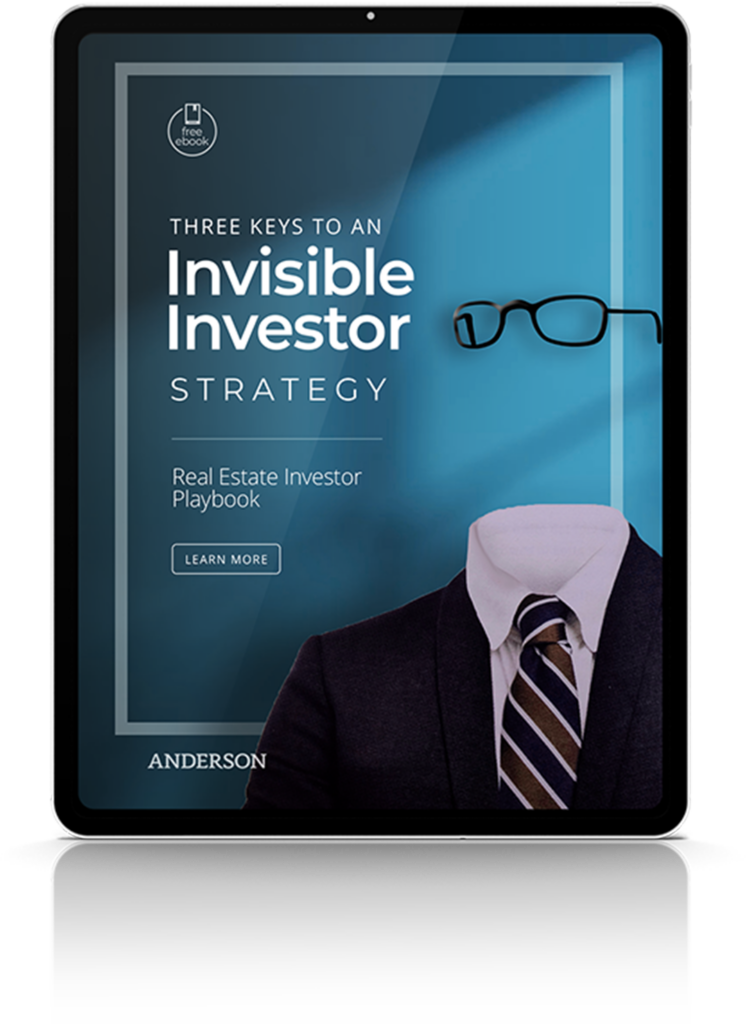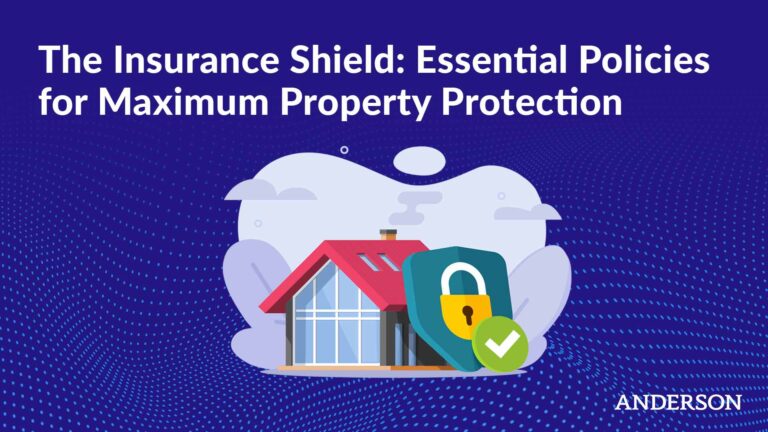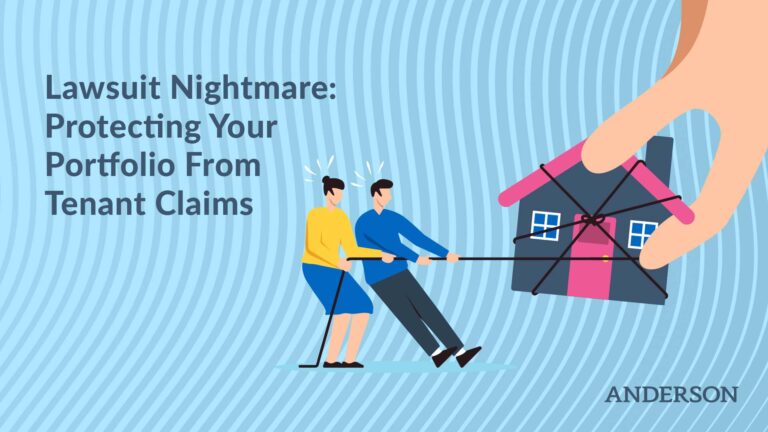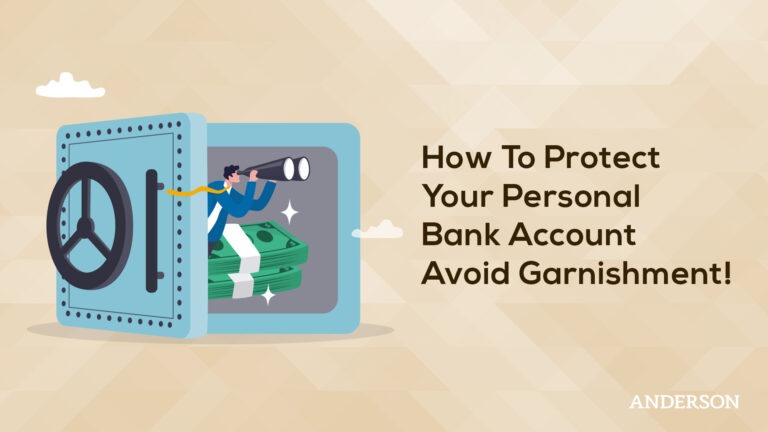Updated October 2, 2021
Future homeowners in search of their next residence will often purchase it with the traditional financing plan of a mortgage and a down payment. But what if you have a prospective buyer who can’t get a mortgage due to their income or credit score? Or what if you are the buyer, and you just don’t want to shell out tens of thousands of dollars in interest payments to the bank? As it turns out, there is still a way to purchase or sell a home without getting the bank involved.
How to Structure and Offer Rent-to-Own Home Deals
- Draft a Purchase Price Agreement
- Create a Rental Agreement
- Apply Rent to Principal
This all may sound a bit strange to American consumers who have almost universally been taught to believe that a down payment and a mortgage is the only way to buy a home.
These types of arrangements typically work like this:
The Traditional Mortgage Method
A homeowner decides they want to sell their home. This seller solicits the services of a real estate agent or REALTOR, who will list the home on the market and manage the general effort to make the home look presentable so it can be shown to prospective buyers. The real estate agent is also responsible for pricing the home reasonably in accordance with comparables-similar homes in the neighborhood that have recently sold and that can help establish a pricing point of the residence in question.
Once an interested buyer comes along, the real estate agent will facilitate the start of a discussion about the sale of the home, which of course will involve negotiation. In many states, a caveat emptor (buyer beware) principle encourages the buyer to pay for a building inspector to examine the property and determine any defects that the seller is not obligated to disclose. Once these have been brought to light, the seller and buyer can work out a purchase price to be solidified in a purchase price agreement, which may or may not be accompanied by some earnest money to prove that the buyer is invested.
The buyer will then begin to apply for a mortgage from a bank or similar lender. This process can take several weeks, as the bank will need to take a look at the buyer’s income, credit score, and other factors relevant to determining if the lender can safely extend a loan. Part of this process will involve an assessment of the home by the bank’s own appraiser, because the lender will not issue a loan that is greater than the value of the home.
If the mortgage is approved, the buyer, seller, real estate agent, and any other pertinent parties (such as lawyers) will meet for closing. The buyer will present the seller with a down payment (often between 10-25 percent of the selling price) and the bank providing the mortgage will front the rest of the cash, to be paid back over time by the buyer, usually over a 15 or 30 year period of time.
How to Rent-to-Own Homes Work
A rent-to-own arrangement, also called owner financing or seller financing, is entirely different.
Many of the steps outlined above will still be the same, except a real estate agent is not a necessity, nor is a bank or lending institution. Instead, the buyer and seller will speak directly and work out a deal themselves. This is beneficial to both parties: the seller has a better chance of obtaining the price they want, as they have some leverage over the buyer. After all, the seller can always walk away from the discussion and wait until a buyer who can get a mortgage comes along, but such a buyer will have more leverage over the seller because they will be offering a lump sum of money upfront. This means the price could be negotiated down.
The main feature of this deal is that the home will not be purchased outright, but that the buyer will rent the home from the seller, and their rent will go toward the purchase of the home. This type of arrangement is especially attractive to buyers who need a more flexible financing plan to purchase a home. There are a variety of reasons buyers may find a rent to own home arrangement idea, though these reasons usually involve difficulty in securing a mortgage due to credit history, income, or other factors.
Individuals who are self employed, for instance, may have a more difficult time securing a mortgage in the tight-fisted lending climate that emerged after the fallout from the subprime mortgage crisis of 2007.
In any case, there is a great degree of flexibility between the buyer and seller in a rent to own arrangement. The down payments are oftentimes smaller. The interest rate, term of the mortgage, and final sale price are also all open to discussion. In fact, it is quite an attractive arrangement for homebuyers. The reason it’s not more popular is that it really only works when the seller owns the property in full.
How to Structure and Offer Rent-to-Own Homes
Though a rent to own home arrangement does not involve a mortgage lender or a real estate agent and their closing costs, it still needs to be structured legally in order to protect all the parties involved.
Purchase Price Agreement
The first piece to the puzzle is creating a purchase price agreement between the buyer and seller.
The agreement establishes the home price and will transition to one of two arrangements: a lease agreement with an option to purchase, or a lease agreement with purchase agreement.
As the names imply, a lease agreement with the option to purchase allows the seller to walk away at the end of the lease. A lease agreement with purchase agreement creates a legal obligation for the renter to follow through and purchase the home when the lease is up. The seller could even sue for buyer follow-through, if necessary.
In many cases, the buyer will put down option money upfront, which goes toward the purchase of the home when the lease term is up. This money is similar to a down payment with a traditional home loan, only in that case the money transitions to the seller with the immediate sale of the home, whereas option money might linger over the course of the rental period in an escrow account until it is time for the sale.
Though a rent to own agreement can be flexible, it’s not uncommon for the arrangement to be short term. The rent to own home purchase price agreement could require that an amortized 30-year loan be collected in one lump sum balloon payment after five years.
For example, most property sellers don’t want to deal with the hassle of collecting rent on it for three decades. In many cases, the renter/buyer will be able to secure a mortgage or other loan after this time period, since they will have significantly paid down the purchase price of the home. At this point, the rent-to-own agreement would end and the buyer would start paying toward a traditional mortgage.
Rental Agreement
Next comes the rental agreement. After all, this will be a rental for a period of time.
In a true rental situation, landlord-tenant roles would be more clear cut, but when it comes to a rent to own arrangement, there is greater flexibility. This could lead to conflict if the terms of the rental aren’t agreed upon beforehand.
A solid rental agreement will define maintenance roles and state who is responsible for fixing what. As this area can become a little gray, it’s not a bad idea to have the agreement drafted by an attorney who is familiar with real estate asset management.
The monthly rent can be worked out by the two parties involved in the rent to own home deal, but common guidelines might spell out the market rent in the area or what a monthly mortgage payment might be if the buyer were to get a traditional mortgage loan.
This rental agreement should also specify the lease period of the rent to own home. It’s also not a bad idea to reference what will occur at the end of the lease term. This will depend (as mentioned earlier) on whether there is a lease purchase agreement or lease option agreement in place. The lease option contract or lease purchase contract should be drafted as a separate contract.
Apply Rent to Principal
When discussing a rent to own home agreement, it’s important to discuss how the payment will be applied.
Typically, 25-30 percent of the rental payment will go towards the purchase price of the home, while the other amount will essentially be rent. This portion can cover concerns like maintenance costs, property tax, the owner’s mortgage on the property (if applicable), insurance, and interest.
In some cases, a seller may be able to use a rent to own arrangement as a capital gains tax strategy to sell an asset and avoid the punitive taxes capital gains tax that would hit them if they sold it all for a lump sum of cash.
Rent-to-own homeowners should consult with a lawyer and see if there are any relevant laws regarding how monthly rent payments must be applied. Affordable housing laws in your city or state may dictate how this part of the rent to own home agreement needs to be structured.
How to Find Rent-to-Own Homes
If you’re the potential seller looking for a rent to own arrangement, your best bet is to drive around your neighborhood (or the neighborhood you want to live in) and look for those big, red FOR SALE BY OWNER signs.
Real estate agents will most likely decline to get involved in a rent-to-own arrangement because they only get paid commission when a home closes. That being said, you can probably ignore for sale signs associated with a realtor or realty company. You could try to knock on the door and see if the seller would be open to a rent-to-own arrangement, but owners who list with real estate agents typically need to work within the traditional home buying/selling process for a variety of reasons.
You can also look for rent-to-own arrangements on online marketplaces like Craigslist. Keep in mind that even though a seller is not a bank, they can still run a credit check on you (with your approval) as part of the process. You will also still want to get a building inspector to look at the property before you move forward.
Rent-to-Own Homes Can Be a Great Option for Buyers and Sellers
A rent-to-own arrangement is great for buyers and sellers alike. It’s especially attractive to those who want to complete a real estate transaction without third party interference (like a bank and/or a real estate agent).
Rent-to-own home buyers can avoid the need to secure a mortgage by paying the seller directly. This is especially helpful if the buyer is unable to secure traditional home lending due to current debt or a low credit score.
Since the mortgage approval process can take weeks to months, rent to own home agreements can speed up the sale of a home. It can also offer the owner some unique rental property tax deductions, since they will now be renting their property instead of selling it and paying capital gains taxes.
If you’re a real estate investor interested in selling a home with a rent-to-own agreement, consider scheduling a consult with one of our real estate asset protection experts. Our professionals are ready to create a rent to own home strategy that fits your unique real estate investment goals.
Bonus Video
Free Strategy Session with an Anderson Advisor
Receive a detailed risk assessment to assist in lowering problem areas that could wipe out all of your assets with one wrong move. Speak with an Anderson Professional Advisor to get your FREE Strategy Session. Limited-Time offer: FREE (a $750 value.)















